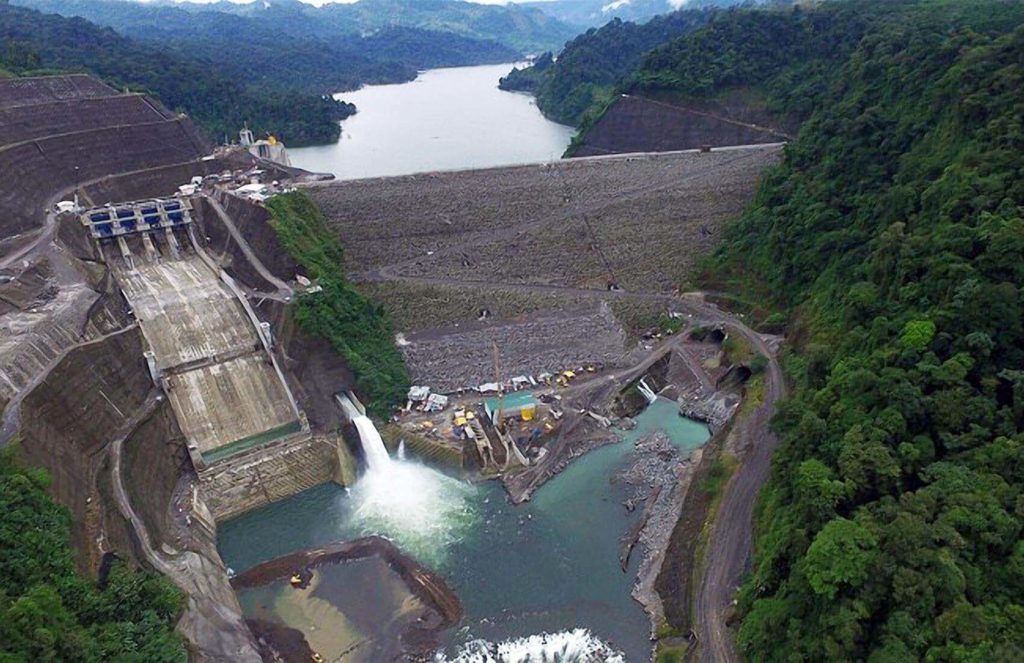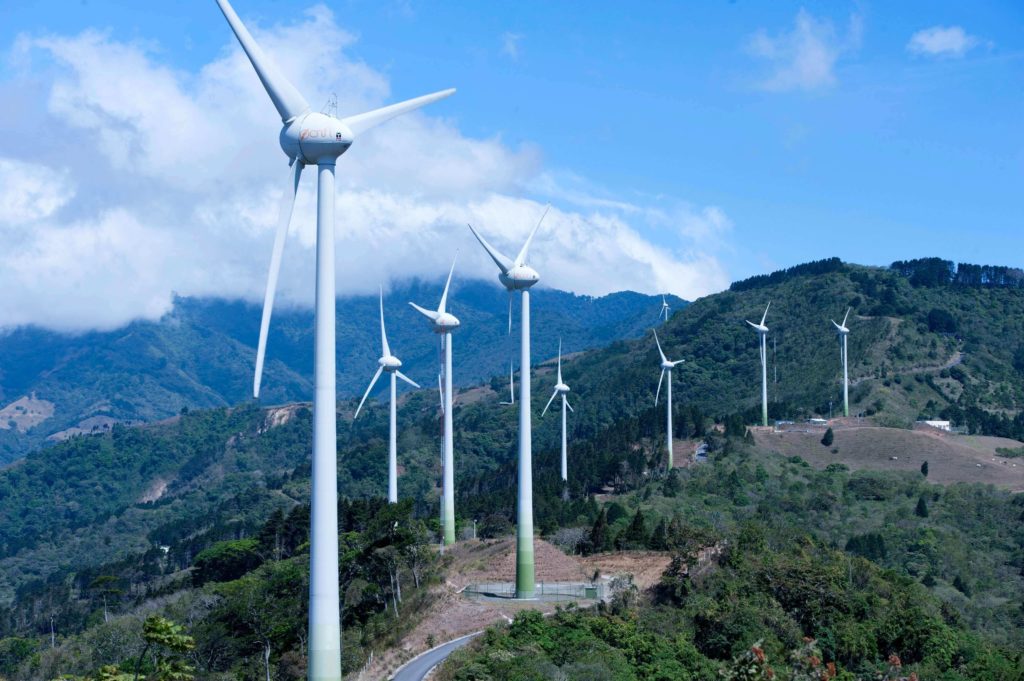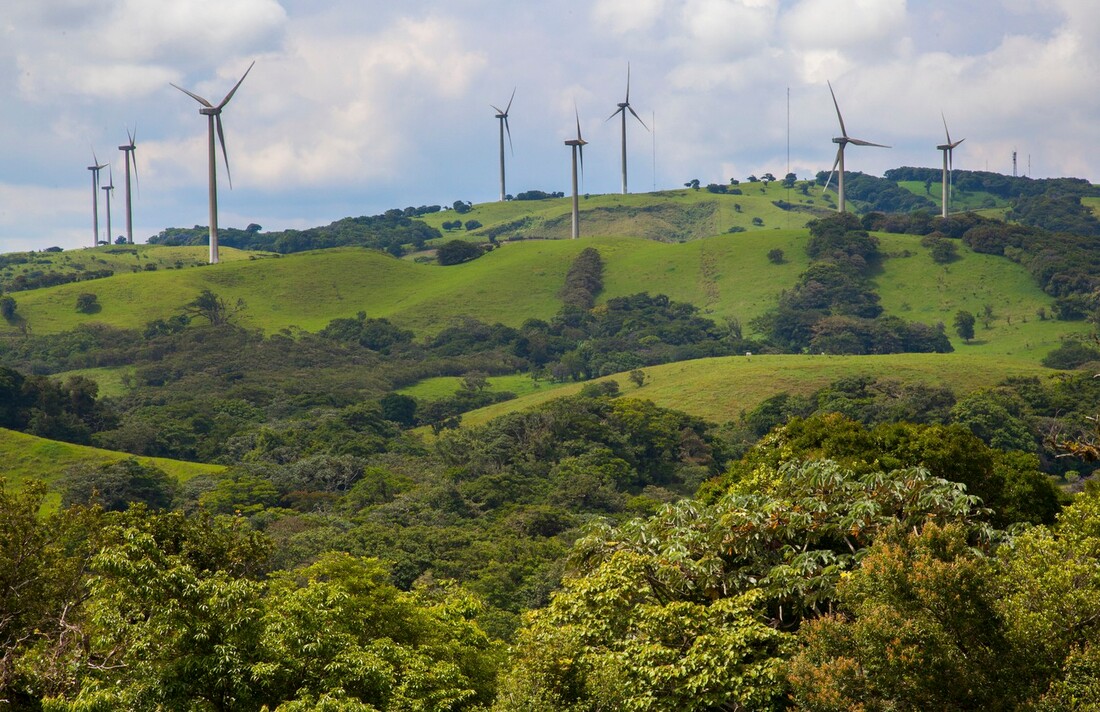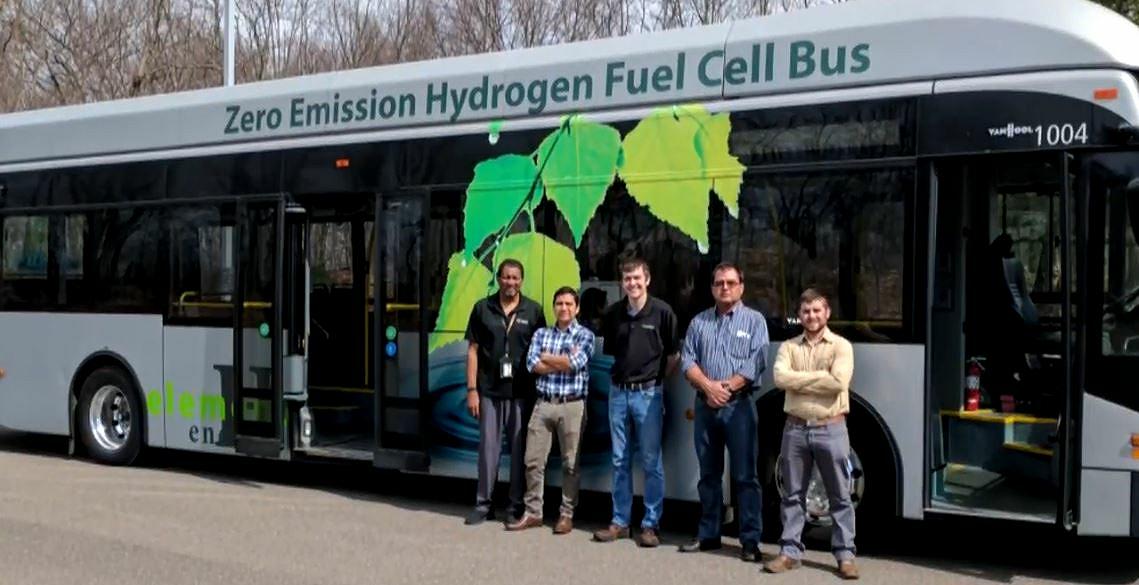26.09.2021
Costa Rica Running Entirely on Renewable Energy
For starters, Costa Rica is a relatively small nation, with just 4.8 million people living in a land mass that measures 51,000 square kilometers. Also, its primary industries are tourism and agriculture, and not the particularly energy-intensive industries of manufacturing or mining. Nevertheless, this is still a major accomplishment for the small nation. According to the Carbon Dioxide Information Analysis Center, Costa Rica’s carbon dioxide emissions from fossil fuels totaled 5.8 million metric tons in 2002. To reduce that to zero in the space of just nineteen years gives hope to many nations that are looking to curb their emissions. Costa Rica invested early in the power of renewable energy resources and made it a priority to become environmentally sustainable. Because of that, the country has an abundance of geothermal renewable sources that account for much of the necessary energy to make the country successfully function. Also, Costa Rica can get a lot of rain. With consistent rainfall, their hydroelectric plants can produce a plethora of energy. Lastly, the population is small and their workforce is not manufacturing intensive, which means their energy requirements are not as large as some countries. Over the past 4 years, Costa Rica has generated all but 1 percent of its electricity from renewable sources such as its rivers, volcanoes, wind and solar power. The hydroelectric plant on the Reventazón River, on the Caribbean slope, began operations in 2016. It’s the largest plant of its kind in Central America. They also have seven wind turbine plants, six hydroelectric plants and a solar plant. A statement from ICE indicated that ¾ of renewable energy came from hydroelectric plants using river water; the rest was geothermal and wind power, with biomass then solar power constituting the smallest percentage. Credit: BRIGHTVIBES
Poverty deprives people of adequate education, health care and of life's most basic necessities- safe living conditions (including clean air and clean drinking water) and an adequate food supply. The developed (industrialized) countries today account for roughly 20 percent of the world's population but control about 80 percent of the world's wealth.
Poverty and pollution seem to operate in a vicious cycle that, so far, has been hard to break. Even in the developed nations, the gap between the rich and the poor is evident in their respective social and environmental conditions.
Poverty and pollution seem to operate in a vicious cycle that, so far, has been hard to break. Even in the developed nations, the gap between the rich and the poor is evident in their respective social and environmental conditions.













